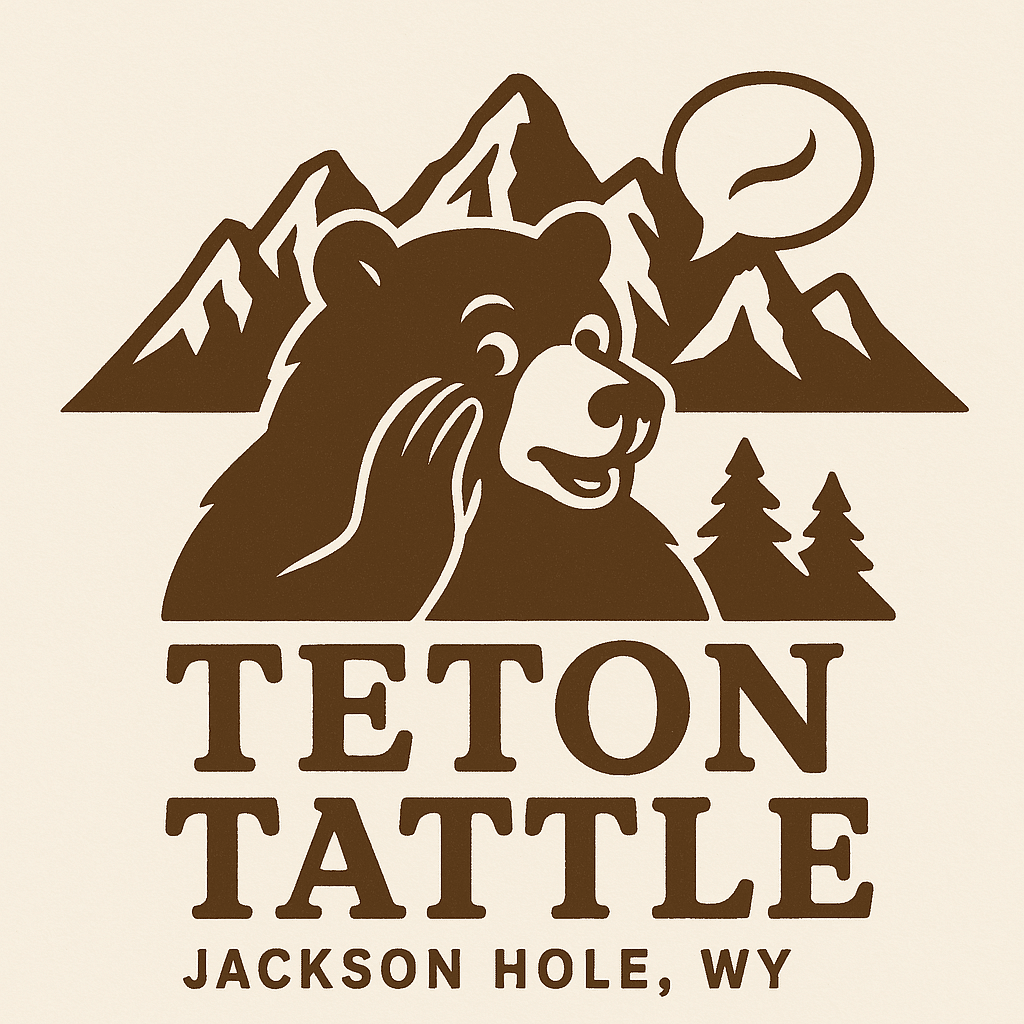What it means for Wyoming, Jackson Hole, and anyone who prefers cows and elk over glass panels
U.S. Sen. Cynthia Lummis is back on the national stage, this time teaming up with Tennessee’s Marsha Blackburn to introduce the Protecting American Farmland Act, a bill aimed at stopping federal subsidies for solar projects built on America’s best agricultural ground.
In classic Lummis fashion, the message is blunt: Taxpayer dollars shouldn’t subsidize turning high-value farmland into solar parking lots. And honestly…try saying she’s wrong while looking out over the Tetons at a hay field full of cattle.
According to the bill’s outline, the legislation would:
- Block tax credits, grants, and federal loans for solar farms built on “prime farmland.”
- Still allow private landowners to build solar, they just won’t get federal checks to do it.
- Codify a USDA policy already in effect since August 2025 that halted subsidies for solar on high-quality agricultural land.
In other words, if you want to slap down 1,200 acres of solar panels on top-tier cropland, you can pay for it yourself.
So, Why Does This Matter in Wyoming?
Because, despite our rugged, wide-open reputation, Wyoming is quietly becoming solar-curious.
We’ve already got projects in motion
- Down in Afton, a community solar project is being developed by Energy Conservation Works and Lower Valley Energy on leased agricultural land. Teton County even approved a $1.9 million bridge loan to support it, paid back with SPET dollars voters already approved.
- Teton County has long purchased 100% renewable hydro power from the Swift Creek project in Afton. Turns out the “Green New Deal” arrived here years ago…just in a logical, Wyoming sort of way.
Solar grazing: Sheep under solar panels, seriously
Around the state, ranchers are dabbling in agrivoltaics: Sheep grazing beneath raised solar panels. The livestock stays cool, the grass grows, the land keeps working, and the rancher gets an extra revenue stream. Not exactly the “we paved paradise” scenario some folks imagine.
BLM has big solar potential mapped out
The Bureau of Land Management’s recent update placed roughly 3.8 million acres of Wyoming as “technically suitable” for utility-scale solar. Before panic sets in, BLM expects only 27,000 acres to actually be developed by 2045.
Plus, analysts point out that Teton County and Park County are the least likely places in Wyoming to ever see big solar farms. (Try pitching a 900-acre solar array in front of the Tetons and see how far that gets.)
How Lummis’ Bill Impacts Wyoming
This bill is about prime farmland, which, let’s be honest, Wyoming has less of than the Midwest, but it still matters.
1. Not all Wyoming ag land counts as “prime.”
Our irrigated hay meadows and grazing pastures don’t always meet the strict USDA definition. That means many Wyoming solar projects, especially ones on lower-value rangeland, might not be affected at all.
2. True irrigated ag land is protected.
Where we do have highly productive ground, the bill would discourage subsidized solar development. That aligns with the Wyoming mindset of keeping the working lands working.
3. Agrivoltaics falls into a gray area.
If the land is still producing food, like sheep grazing under panels, does it count as “removed from production”? That’s a debate for the lawyers and the USDA definitions team.
4. Transmission is still the real bottleneck.
Even if subsidies disappeared tomorrow, Wyoming solar faces a bigger hurdle of getting power onto the grid. Several shovel-ready projects are already waiting for openings in the transmission system.
What It Means for Jackson Hole
If you’re imagining enormous solar farms marching toward Teton Village, relax. This bill won’t change much here except to strengthen an already strong argument for protecting working agricultural land and preserving open space.
For Teton County, the practical impacts are:
- Community solar stays safe. Small-scale, community-oriented projects, like the one in Afton, aren’t the target.
- Ranchers’ land stays ranching land. Anyone considering leasing prime hay ground for subsidized solar might rethink the math.
- Conservation groups just got a boost. Whenever a large solar proposal eventually pops up in the region, opponents can now simply say: “Senator Lummis herself says prime farmland isn’t the place for it.”
- View corridors remain…viewable. The Tetons are staying in the clear. No solar fields between you and your sunrise Insta post.
AntlersArch founder and the voice behind Teton Tattle.





